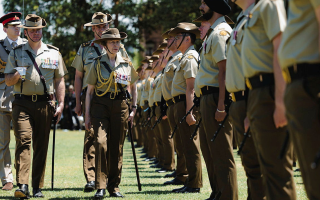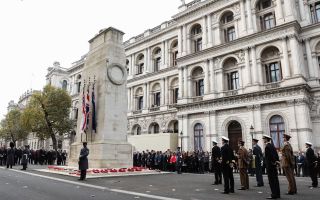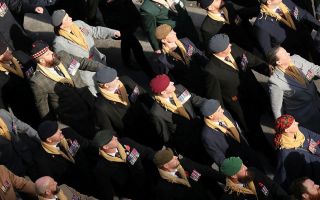Liberation of Bergen-Belsen: What British forces found inside the camp
When British troops entered Bergen-Belsen concentration camp on 15 April 1945, they uncovered one of the most harrowing scenes of the Second World War.
Around 70,000 people are believed to have died at the camp between 1941 and 1945.
One of the first buildings the soldiers came across was the disinfection facility, a 900 sq metre structure used to try to control the spread of disease.
In one chamber, prisoners' clothes were disinfected to kill lice while, in another, prisoners were forced to wash themselves under the watch of guards. In the final months before liberation, prisoners were no longer allowed to use the baths at all.
Passing neatly painted SS accommodation near the camp entrance, British troops initially saw little to hint at the horrors that lay beyond.
But as they moved deeper into Bergen-Belsen, the scale of the suffering became clear.
Among the sites they found were Huts 9 and 10, long brick buildings, around 80 metres by 18 metres.
Intended for far fewer, by April 1945, around 4,000 prisoners were crammed into each hut, with four people sharing a single bed, stacked three bunks high.
Living in such overcrowded conditions helped diseases like typhus spread rapidly through the camp.
Today, only the ruins and the foundation of the disinfection building and the huts remain, offering a stark reminder of the horrors that British forces encountered 80 years ago.









